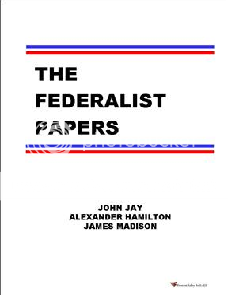RealWorldGraduation_Question_77_Small_Expenses <– PDF
A certain man has a full-time job. Every work day (Monday through Friday), he spends an average of $7.00 for lunch. His wife has offered to make him a lunch every day (which would cost about $2.00 per day). Suppose the man took his wife up on her offer, and invested the $5.00 per day in mutual funds that received an average annual return of 8%. Will saving these small amounts make any economic difference over the long run, say 20 or 30 years? To assess this question, the formula for calculating the value of an investment with a fixed annual return is (neglecting inflation):
A = P(1.0 + r)n,
where P is the amount invested, r is the rate of return expressed as a decimal (8% = 0.08), n is the number of years the money is invested, and A is the value of the investment after n years. In this case, P would be the amount saved in a year. Inflation is ignored here because we are interested in the buying power, not the number of dollars. (Including inflation makes the calculation more difficult, and increases the number of dollars the investment is worth, but those dollars have less buying power). The effect of inflation does not change the general answer to this question.
a) It is not worth it because “brown-bagging” is not cool, especially if one is a white-collar worker. In our image-conscious society, people think “brown-bagging” is a sign of cheapness, and appearing cheap may impede one’s chances of getting ahead.
b) “Brown-bagging” over long periods of time is bad for the environment because several trees will probably have to be sacrificed to manufacture the bags, so it is not worthwhile.
c) It may be worthwhile for short periods when money is tight, or if one’s workplace is far away from restaurants, but is otherwise socially degrading.
d) It is not worth it; the amount accumulated will be so small that he would have been better off to enjoy buying his lunch every day.
e) It is not worth it in general, for a combination of the above reasons, and possibly some others.
(The answer is on p. 2 of the PDF.)



